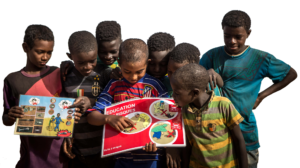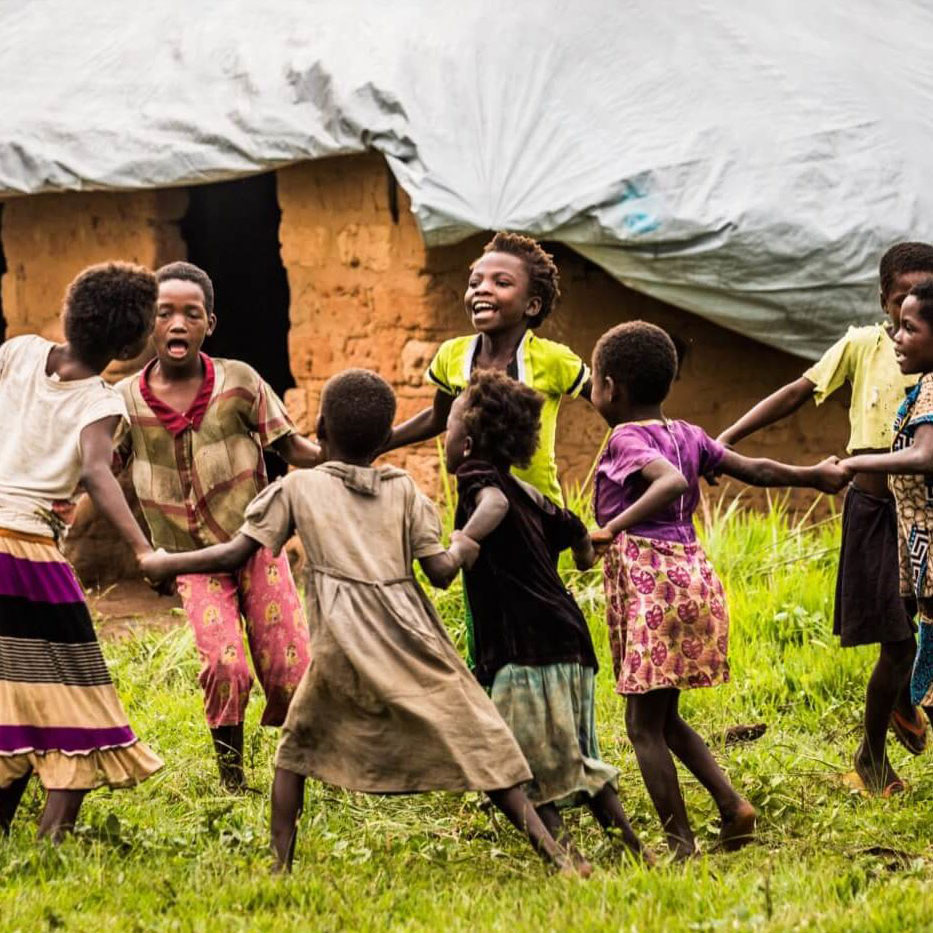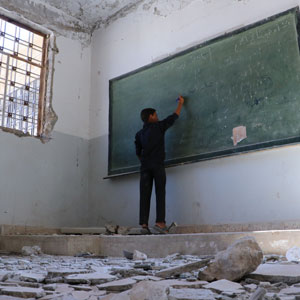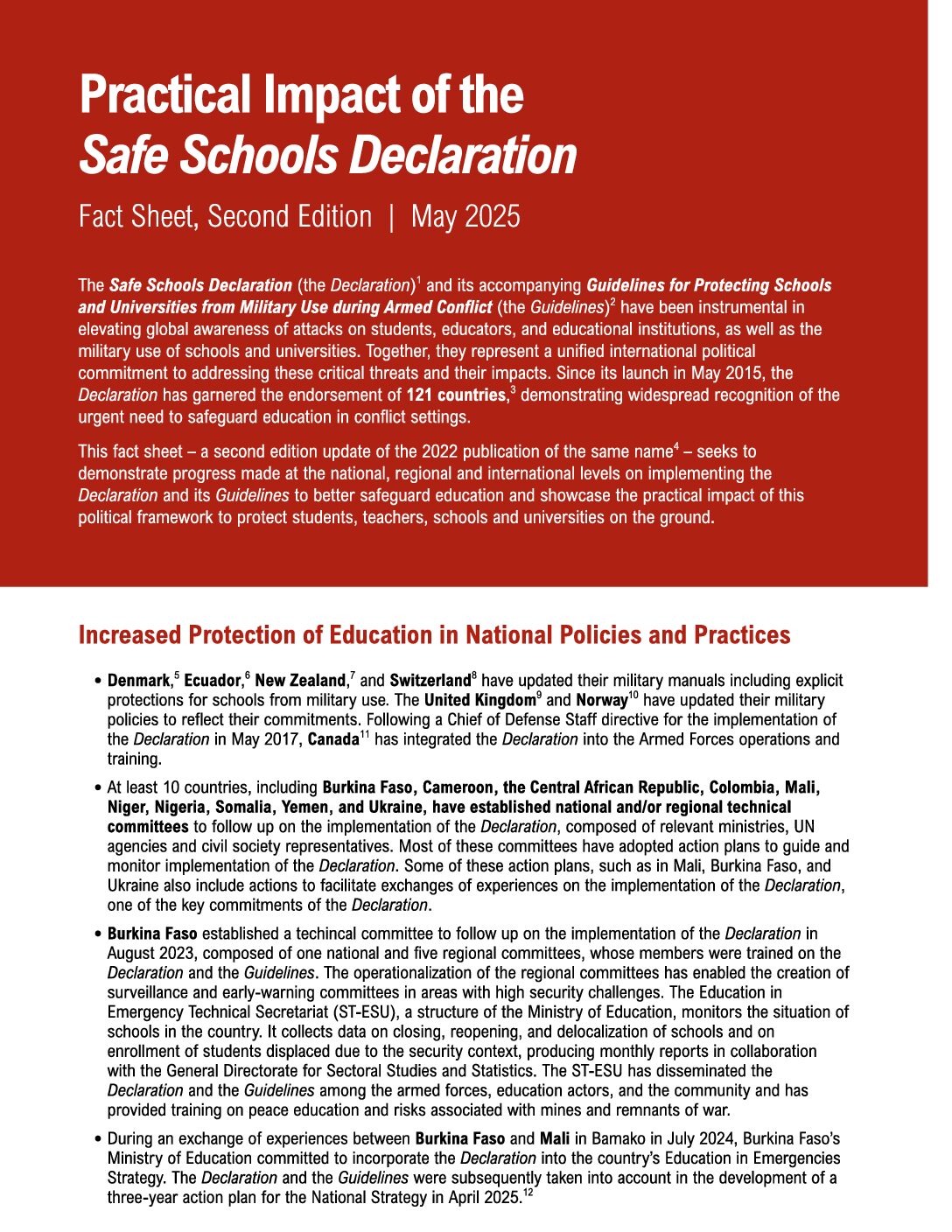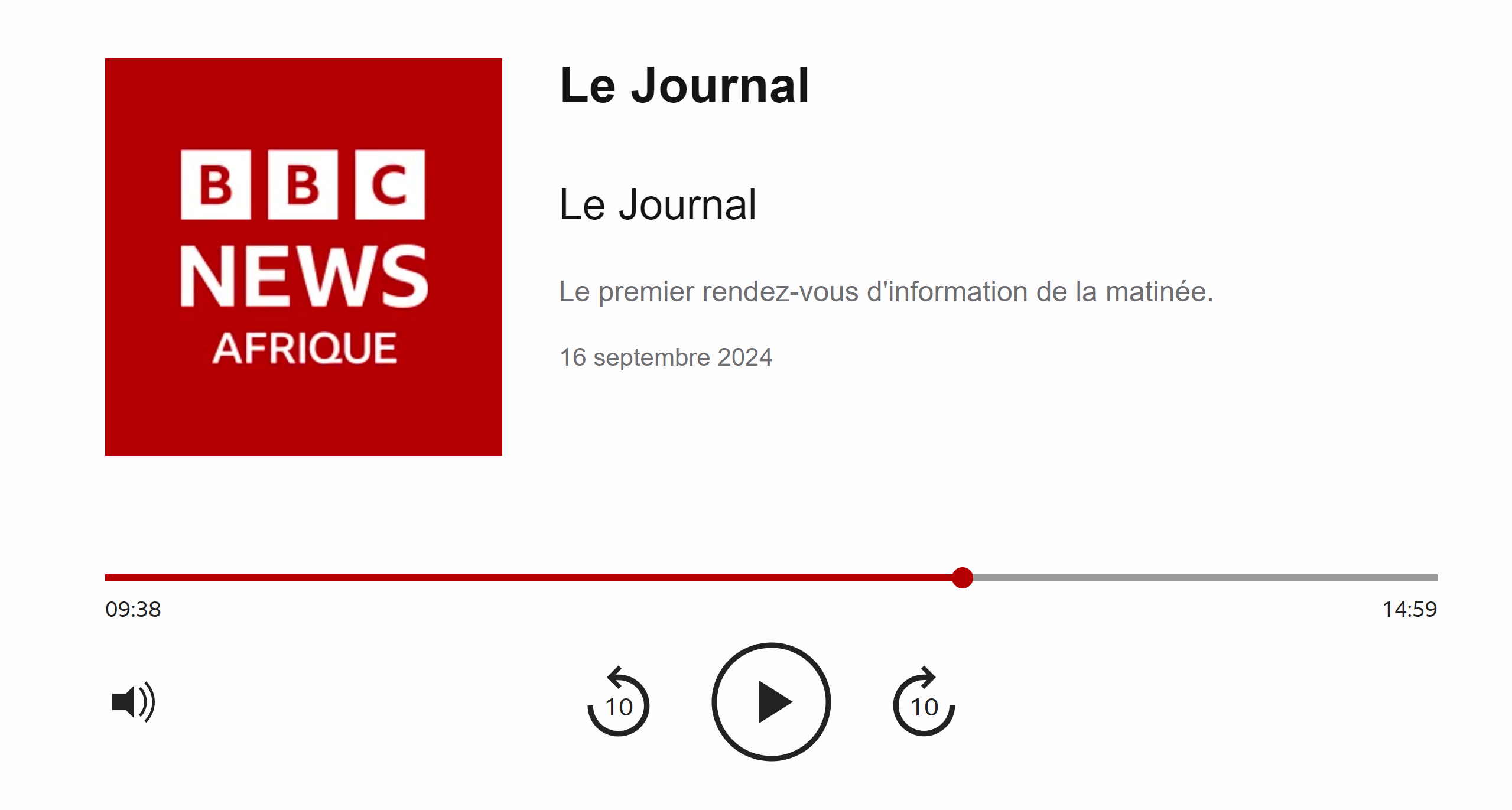GCPEA News
Targets for terror: the shocking data on school and university attacks
The Guardian , April 30, 2015
The horrors of the Peshawar school killings made headlines but, as the graphs below show, from Iraq to India children and teachers live under threat
The storming of a military school in Peshawar by the Taliban, who killed 132 children and nine teachers, horrified the world. But it wasn’t an isolated event; attacks on educational institutions seem to be increasing. Schools and universities everywhere – from Nigeria to Kenya and Afghanistan – have been targeted in recent years.
Last year the Global Coalition to Protect Education from Attack (GCPEA)published a report that documented deliberate attacks on schools, universities, their students and staff in order to provide data that could develop more effective policy in this area. It analysed conflicts in 70 countries between 2009 and 2013 and categorised how far they’d been affected. For example, places categorised as “very heavily affected” had experienced more than 1,000 attacks on schools and universities over the four years. These included arson, missile strikes, looting and armed occupation by army forces or guerrilla groups.
The director of the GCPEA, Diya Nijhowne, said: “Military strategy now all too commonly involves deliberately bombing schools and universities and murdering, maiming, abducting and raping their students and staff.”
The GCPEA research is based on extensive data gathered from 2009–12 and key incidents in the first nine months of 2013. Data from a wide range of sources was analysed, including United Nations (UN) monitoring and and media reports. The information was cross-checked for accuracy but the report notes that it was not possible to verify every incident.
Which countries are worse affected?
Afghanistan, Colombia, Pakistan, Somalia, Sudan and Syria were worst affected, according the the GCPEA report. These places had experienced 1,000 or more attacks on schools, universities, staff and students or there had been 1,000 or more attacks on personnel including students, teachers and other educational staff, or facilities had been used for military purposes.
One of the most dangerous countries in which to be a teacher is Colombia. Between 2009 and 2012, 140 teachers were murdered in the country and more than 1,000 received death threats.
Teachers in Colombia are targeted for a number of reasons. “Some teachers in remote areas, where armed non-state groups are strong and schools are the only visible presence of the state, are accused by illegal armed groups of collaborating with the enemy,” the report notes. Educators are also targeted for trying to lead community efforts to protect children from sexual violence and child recruitment, as well as other efforts to challenge the armed groups’ activities.
Terror attacks on schools are rising
Another report by the National Consortium for the Study of Terrorism and Responses to Terrorism, published late last year, analysed terror attacks on schools and colleges around the world from 1970 to 2013. Researchers at theUniversity of Maryland analysed data from the Global Terrorism Database and news media.
The report included attacks against schools, teachers or guards protecting school sites, as well as attacks against university professors and teaching staff, and school buses. It excludes attacks against military schools.
Terrorism in this context was defined as: “The threatened or actual use of illegal force and violence by a non-state actor to attain a political, economic, religious, or social goal through fear, coercion, or intimidation.”
Between 1970 and 2013 there were more than 3,400 terrorist attacks targeting educational institutions across 110 countries. There was a sharp increase in attacks in 2004.
The report notes that many attacks on educational targets were less likely to cause deaths. More than 70% of all terrorist attacks on educational targets between 1970 and 2013 (2,365 attacks) caused no deaths. This is because many assaults were on unoccupied school and university buildings and intended to intimidate communities rather than kill or injure.
The country with the most terrorist attacks on educational institutions was Pakistan, where 753 were targeted. Of these incidents, 96% (724) took place between 2004 and 2013. However, unlike the attack in Peshawar, most were not lethal. Russia, Iraq, and Nigeria experienced more fatal attacks on educational targets than Pakistan.
In Nigeria the radical group Boko Haram has been deliberately attacking educational institutions since 2008. The table below shows the tactics of terrorist attacks in Nigeria from 1988–2013.
The study also shows that such attacks are not restricted to the developing world. There were a number of incidents in the 70s in America involving a range of groups, such as radical students and opponents of the Vietnam war.
Why are schools targeted?
The reported motives for attacks are varied, according to the GCPEA report. They include everything from destroying symbols of government control to blocking girls’ education. In some incidents there are multiple reasons for the attack.
Erin Miller, programme manager at the Global Terrorism Database, said: “The question about why terrorists attack educational institutions is difficult because there are likely many reasons and they’re not all the same for every perpetrator.” She adds that motives may include the intention to shock or gain attention and educational institutions being seen as “soft” targets because they are often without a great deal of security.
What can be done?
“There needs to be better monitoring and reporting of attacks on education,” says Nijhowne. She adds that there also needs to be accountability for attacks, with perpetrators brought to justice.
World at School – an international movement that co-ordinates the efforts of teachers, businesses, faith groups and many others to ensure education is a global priority – is campaigning for the UN security council take urgent action to protect children in schools.
It also wants all governments to support a new declaration on safe schools led by the Norwegian government. This would outlaw attacks on schools, colleges and universities as crimes against humanity. Finally, the movement wants funding for schools in conflict situations increased; currently only 1% of humanitarian aid is spent on education.
